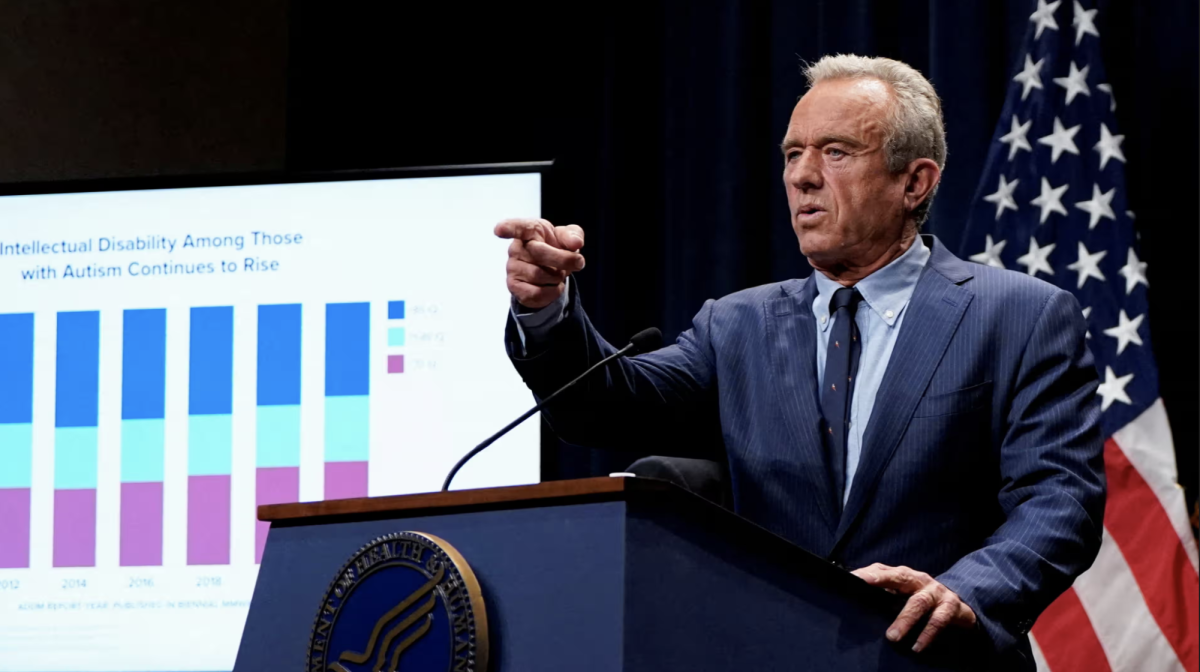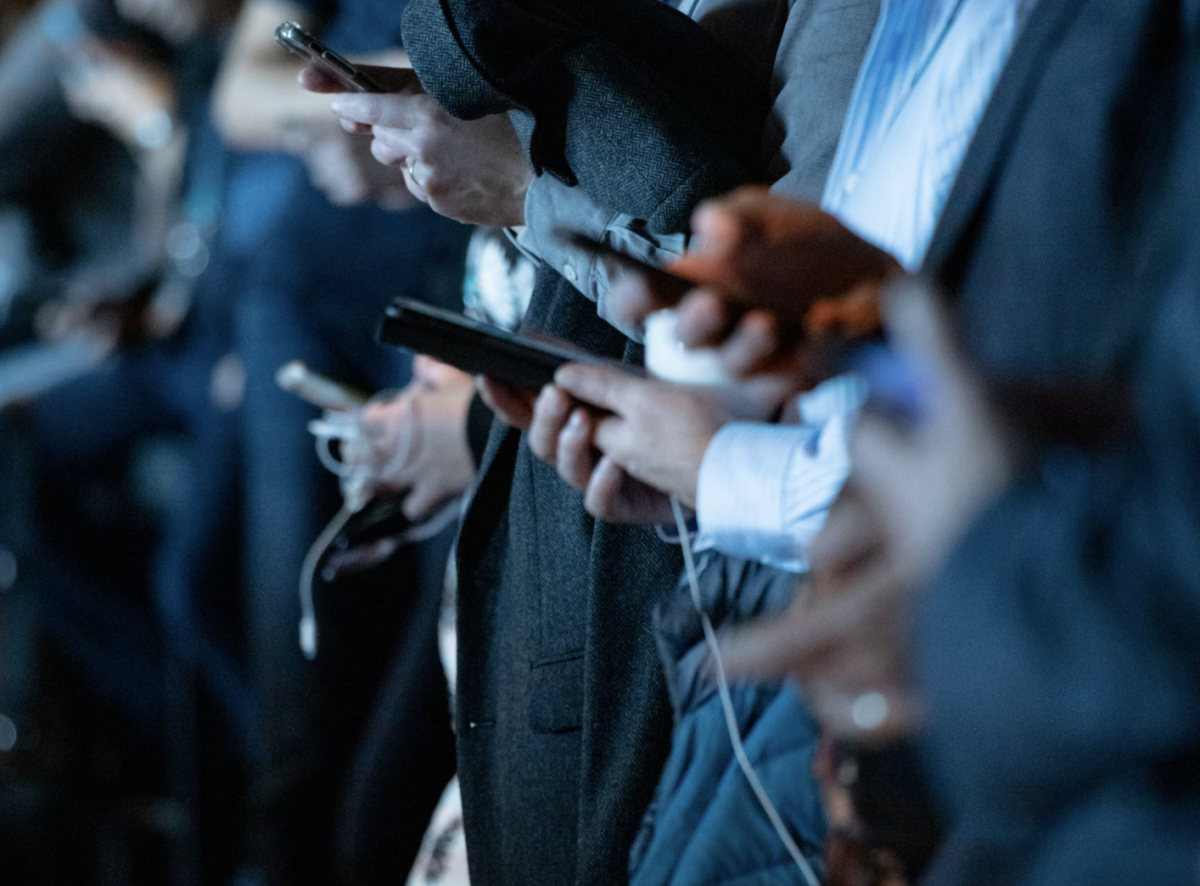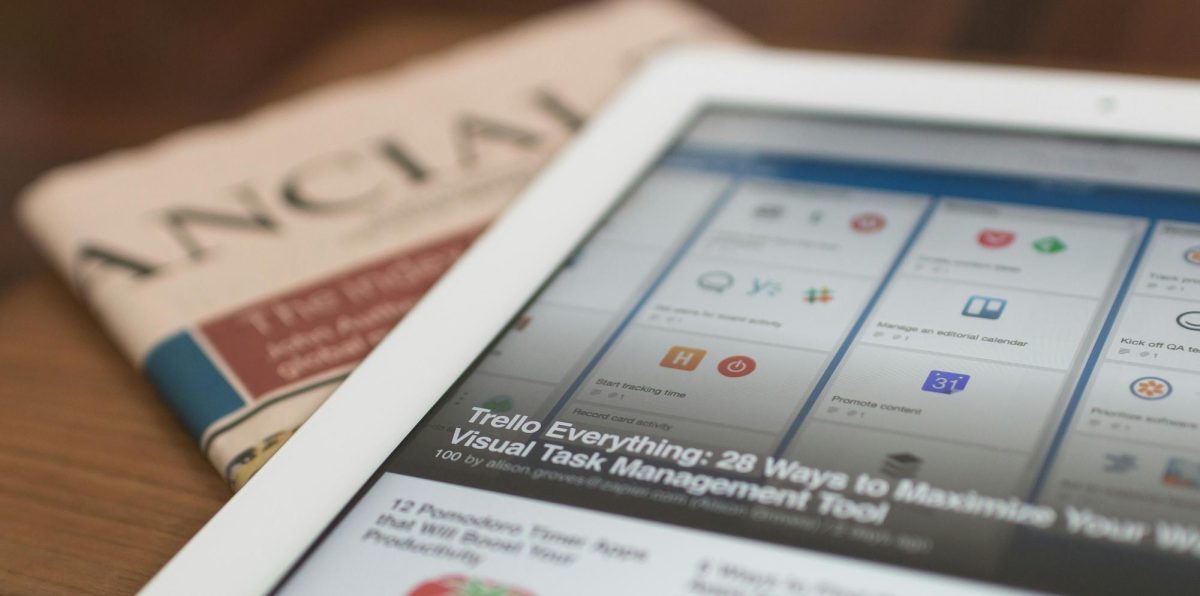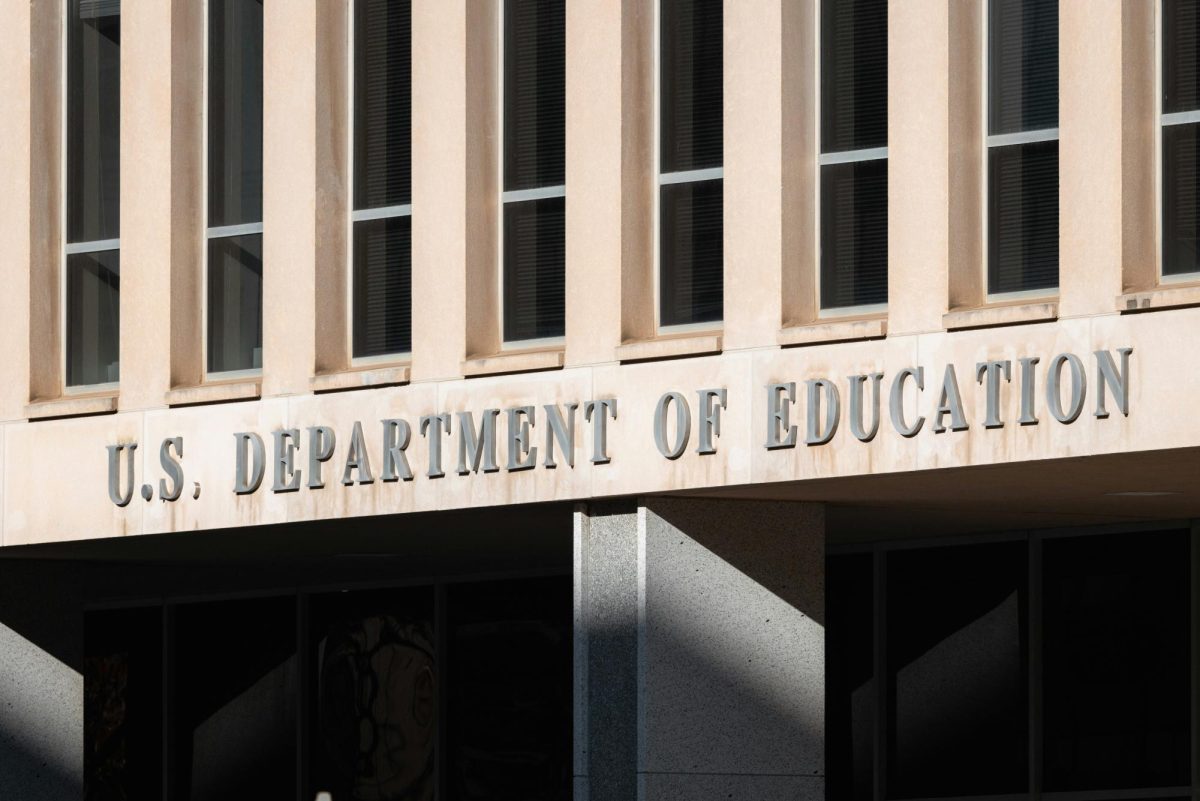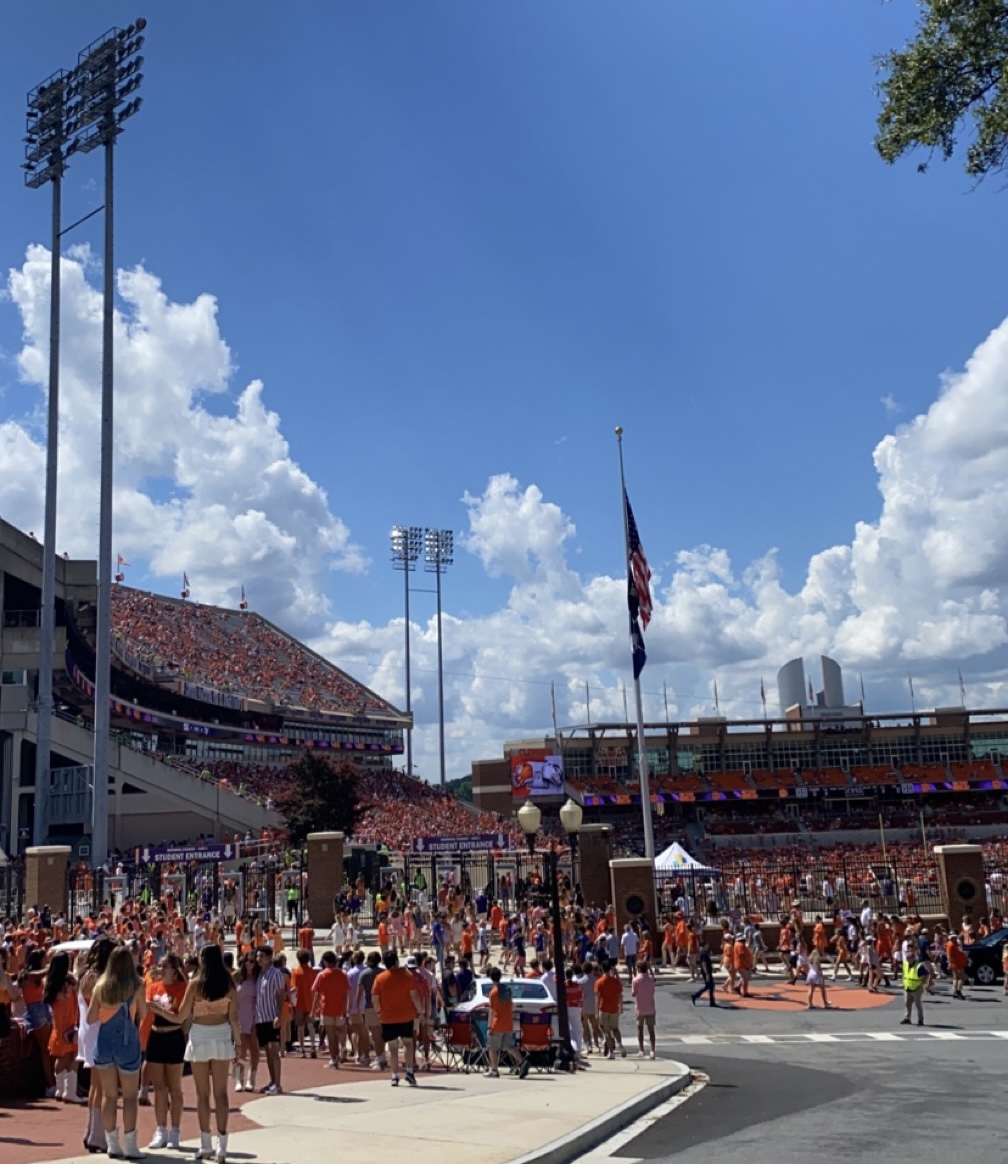Increasing amounts of student loan debt are evolving into a crisis in America, and the best thing to do is to embrace loan forgiveness and debt relief.
A college education is becoming increasingly expensive and more sought after in the job market. Students are pushed to pursue a college education, and rather than receiving an equitable return for their work, they face debilitating financial turmoil.
Adults with a college degree earn, on average, 84% higher than those with just a high school diploma, leading many students to go into debt in hopes of receiving better jobs. However, students are served with large sums of debt in this pursuit.
One in five U.S. adults, or 45 million Americans, have student loan debt, according to an analysis of census data. As of the third quarter of 2022, Americans have attained more than $1.76 trillion in student loan debt between federal and private loans, according to the Federal Reserve.
This tremendous increase in debt is causing many Americans to be set back in reaching significant milestones.
Tasks such as buying a home and saving for retirement are delayed as students are forced to prioritize paying off debts. This stall on significant investments puts many people behind in financial stability and leads to a lifetime of economic exhaustion.
Such student loan debt is actively slowing the economy by curbing consumer spending and decreasing entrepreneurship, snowballing to create a loss of jobs and less economic output. If given the chance, Americans would be more inclined to buy homes, increasing the number of housing sales significantly.
“U.S. real GDP could be boosted on average by $86 billion to $108 billion per year, (which is) quite a bit… That’s if you had total loan forgiveness,” William Foster, vice president and senior credit officer with Moody’s Investors Service, stated.
Beyond economic benefits, student loan forgiveness allows for social equity in America. Student loan debt is highest among African American families and disproportionately hurts African American students over other races. Forgiveness could help to combat racial inequity.
Currently, the Biden administration’s extended forbearance continues into 2023, but there is no assurance for the future of student loan debt. The current proposal for the up to $20,000 student loan debt cancellation plan has been frozen in front of the Supreme Court, facing several lawsuits. These lawsuits, however, have been deemed “meritless,” according to Secretary of Education Miguel Cardona, who also states, “the Department of Justice has appealed on our behalf.”
Six states, South Carolina included, have claimed that this debt relief would harm state tax revenue and state-based loan agencies, a widespread concern. However, the state would ultimately benefit economically from more money flowing through business and being spent on products, still allowing the state to generate revenue.
South Carolina currently has around 681,000 eligible for cancellation within the state, according to a White House news release on Sept. 20, 2022. This would allow 600,000 more people to spend their money in other ways that benefit the state rather than obtaining more and more debt, which benefits no one.
Even though student loan debt is a persistent issue, Americans are only being offered a temporary fix. Something needs to be done to combat the student loan debt crisis, and even if this plan goes through, it’s an aid — not a solution.



